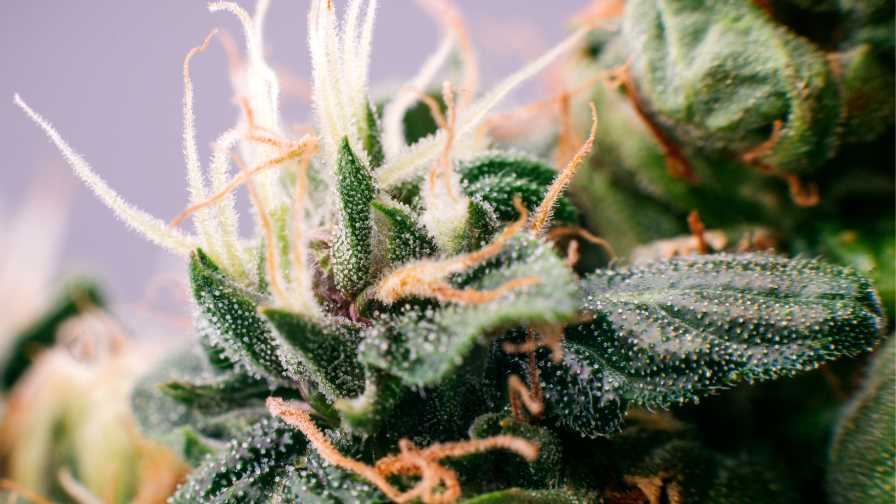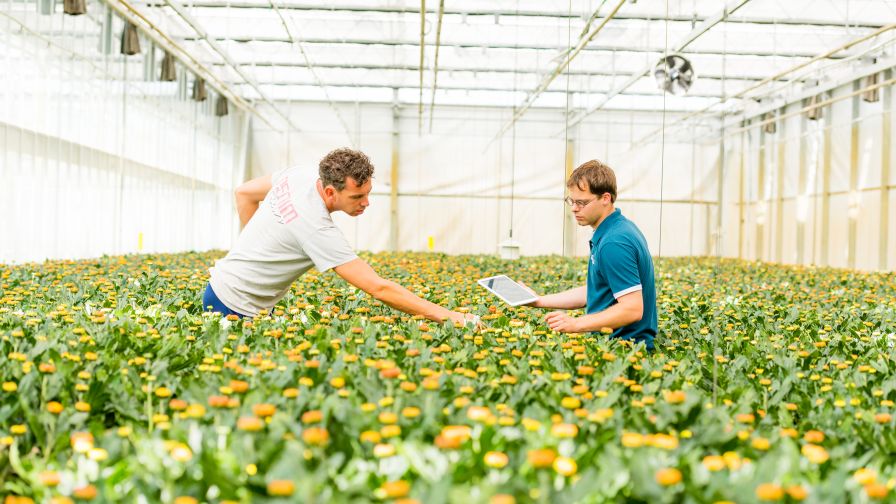Understanding the Science Behind Cannabis Terpenes
 All plants are made up of a multitude of chemicals and compounds, and cannabis is no different. The science behind the plant is complex and compelling. The cannabis plant has an unusually high number of organic, aromatic hydrocarbons called terpenes. Let’s take a closer look at how terpenes form during growth and how they impact your final product.
All plants are made up of a multitude of chemicals and compounds, and cannabis is no different. The science behind the plant is complex and compelling. The cannabis plant has an unusually high number of organic, aromatic hydrocarbons called terpenes. Let’s take a closer look at how terpenes form during growth and how they impact your final product.
What Are Terpenes?
Terpenes are a large, diverse class of organic hydrocarbon compounds produced by various plants and insects. The incredibly aromatic compound may protect plants by discouraging herbivores from snacking on their delicate leaves. It’s also been widely speculated that ultraviolet spectrum lights can affect terpene levels in cannabis. For more on how UV lights impact cannabis plants, click here. These highly aromatic compounds determine many plants and herbs’ fragrance, such as rosemary, lavender, and cannabis.
How Do Terpenes Affect Plant Growth?
Terpenes play an essential role in plants by attracting pollinators, repelling predators, or assisting plants to recover from damage or illness. Some terpenes act as the plant’s immune system, preventing illness before it takes hold. In these ways, terpenes act as a protector and healer, making them an incredibly important aspect of plant development.
How Do Terpenes Form?
Terpenes are active organic compounds formed by the fusion of hydrocarbon and five carbon atoms, known as isoprene. The tiniest and most volatile compounds are monoterpenes, which are biosynthesized by the fusion of two isoprene molecules. Terpenes include two or more isoprene units as their basic structure. Typically, terpenes are classified according to the number of isoprene units they contain. In the cannabis plant, terpenes are synthesized in secretory cells inside glandular trichomes.
Read more in this post on the Growlink blog page.








